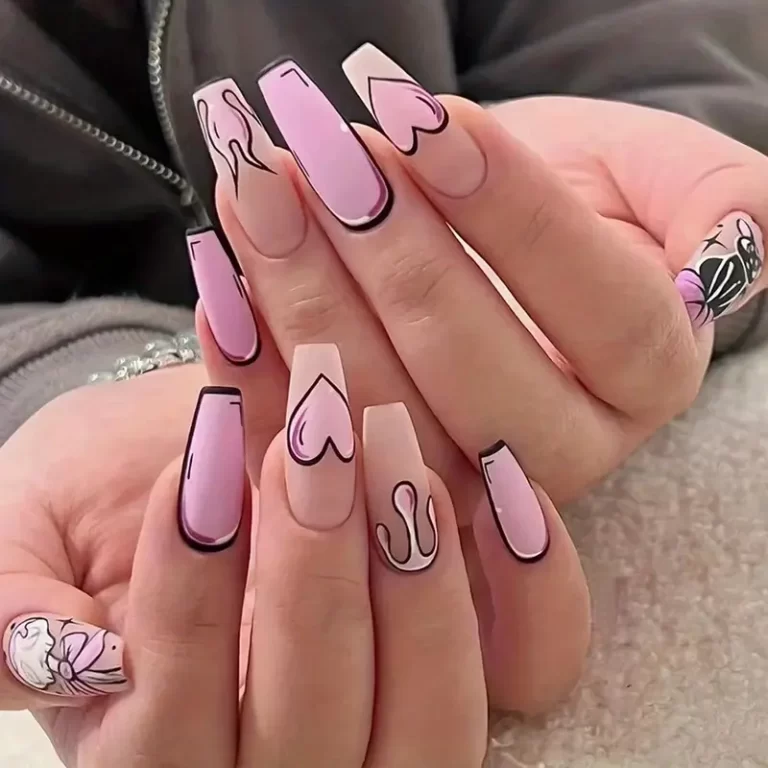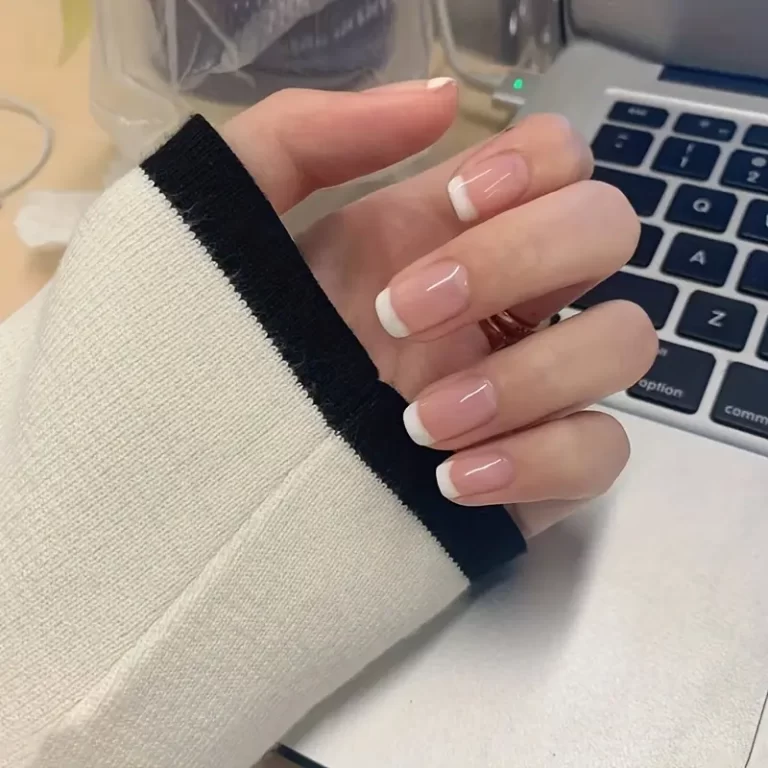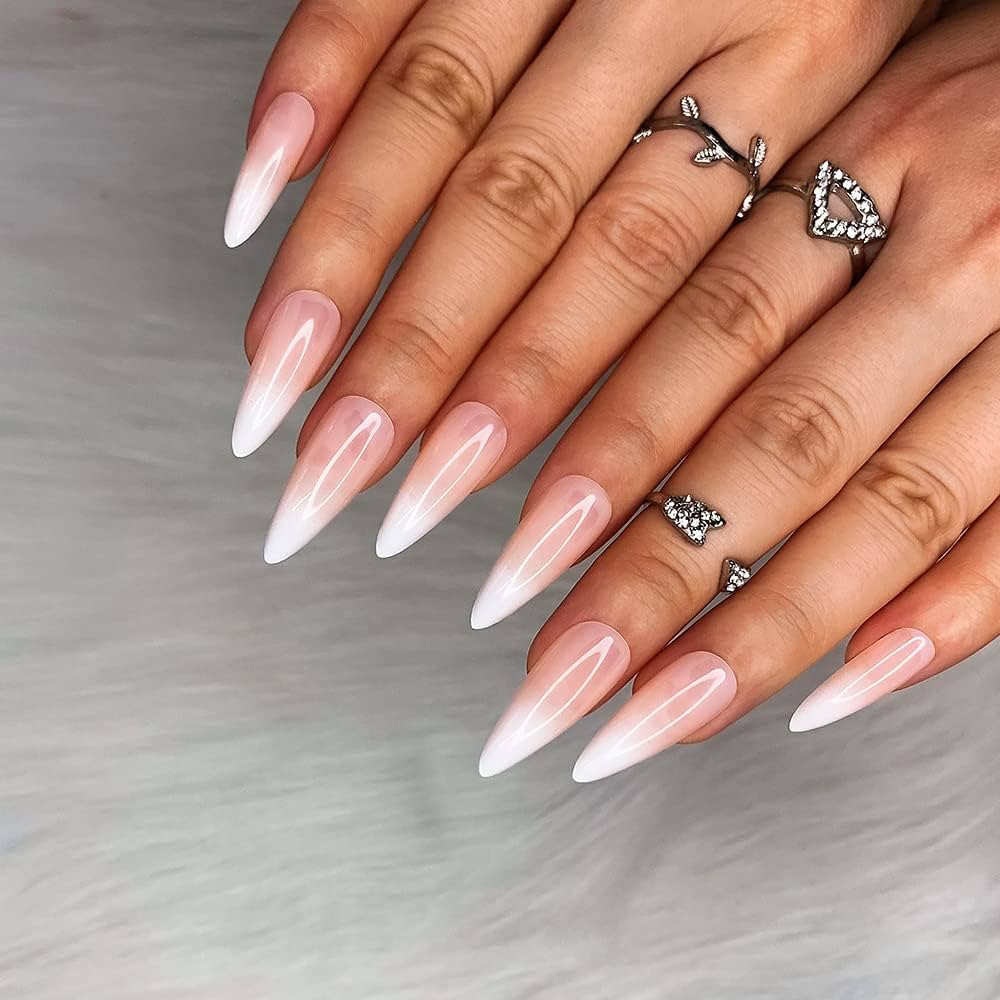
French Ombre Nails: Effortless Elegance
French Ombre Nails: The Ultimate Guide to Effortless Elegance
In the ever-evolving world of nail art, French ombre nails have emerged as a stunning and sophisticated trend that combines the timeless appeal of the classic French manicure with the modern allure of gradient coloring. This exquisite nail style, also known as “baby boomer nails” or “French fade,” offers a soft, romantic look that seamlessly transitions from a natural base to a crisp white tip. The result is a versatile and elegant manicure that suits various occasions, from casual everyday wear to formal events. This comprehensive guide delves into the art of French ombre nails, exploring techniques, tools, and tips to achieve this coveted look at home or in the salon.
The Evolution of French Ombre Nails: From Classic to Contemporary
The French ombre nail trend traces its roots back to the classic French manicure, a style that has graced the hands of fashion-forward individuals for decades. The traditional French manicure, characterized by its pale pink base and stark white tips, has long been a symbol of sophistication and understated elegance. However, as nail art techniques advanced and beauty trends evolved, nail enthusiasts and professionals began experimenting with ways to modernize this timeless look. The French ombre style emerged as a softer, more natural-looking alternative to the classic French manicure.
Techniques and Tools: Mastering the French Ombre Look
Achieving the perfect French ombre nails requires a combination of technique and the right tools. Several methods exist for creating this gradient effect, each offering unique advantages. The sponge technique involves using a small makeup sponge to dab and blend the colors, creating a seamless transition from the base to the tip. This method works well for both natural and acrylic nails and allows for precise control over the gradient’s intensity. The airbrushing technique, often used in professional salons, utilizes an airbrush machine to spray fine layers of color, resulting in an ultra-smooth and flawless fade.
For those seeking a more accessible option, many nail polish brands now offer specialized French ombre kits that include brushes designed to create the gradient effect with ease. Essential tools for achieving French ombre nails include a good base coat, white nail polish for the tips, a neutral or pale pink polish for the base, a top coat for sealing and protecting the design, and cleanup brushes or cotton swabs for perfecting the edges. When working with gel polish, an LED or UV lamp becomes necessary to cure each layer properly. Mastering the French ombre technique may require practice, but with patience and the right tools, both professionals and nail enthusiasts can achieve stunning results.
Color Variations: Expanding the French Ombre Palette
While the classic French ombre nail typically features a transition from a neutral base to white tips, the versatility of this technique allows for endless color combinations. Experimenting with different shades can create unique and personalized looks that suit various styles and occasions. Soft pastel hues like lavender, mint green, or baby blue can replace the traditional white for a subtle twist on the classic look, perfect for spring and summer. For a more dramatic effect, deeper colors such as navy, burgundy, or even black can create a bold and sophisticated ombre.
Metallic shades like gold, silver, or rose gold add a touch of glamour, ideal for special events or holiday seasons. Some nail artists have even incorporated glitter into the gradient, creating a sparkling effect that transitions from a solid base to a glittery tip. The base color can also be varied, moving away from nudes and pinks to experiment with bolder hues or even patterns. For those who prefer a more natural look, using sheer polishes in slightly different nude tones can create an ultra-subtle ombre effect that enhances the natural nail. The key to successful color variations lies in choosing shades that complement each other and blend seamlessly to maintain the soft, gradient effect characteristic of French ombre nails.
Nail Shapes and Lengths: Customizing French Ombre to Your Style
French ombre nails adapt beautifully to various nail shapes and lengths, allowing for customization to suit individual preferences and lifestyles. The classic oval shape provides a timeless canvas for the French ombre technique, elongating the fingers and offering a feminine silhouette. Square nails, with their straight edges and corners, create a more modern and structured look when adorned with a French ombre design. For those who prefer a balance between square and oval, the squoval shape offers a versatile option that complements the soft gradient of French ombre nails. Almond-shaped nails, tapering to a rounded point, enhance the elongating effect of the ombre technique, creating an elegant and sophisticated appearance.
The trendy coffin or ballerina shape, characterized by its long, tapered form with a flat tip, provides an extended canvas for showcasing the French ombre gradient. Even shorter nail lengths can beautifully display French ombre designs, with the gradient adjusted to suit the nail bed’s size. When deciding on nail shape and length for French ombre nails, consider factors such as personal style, daily activities, and maintenance preferences. Longer nails may offer more space for the gradient effect but require more upkeep. While shorter nails provide a subtler, more practical option for those with active lifestyles.
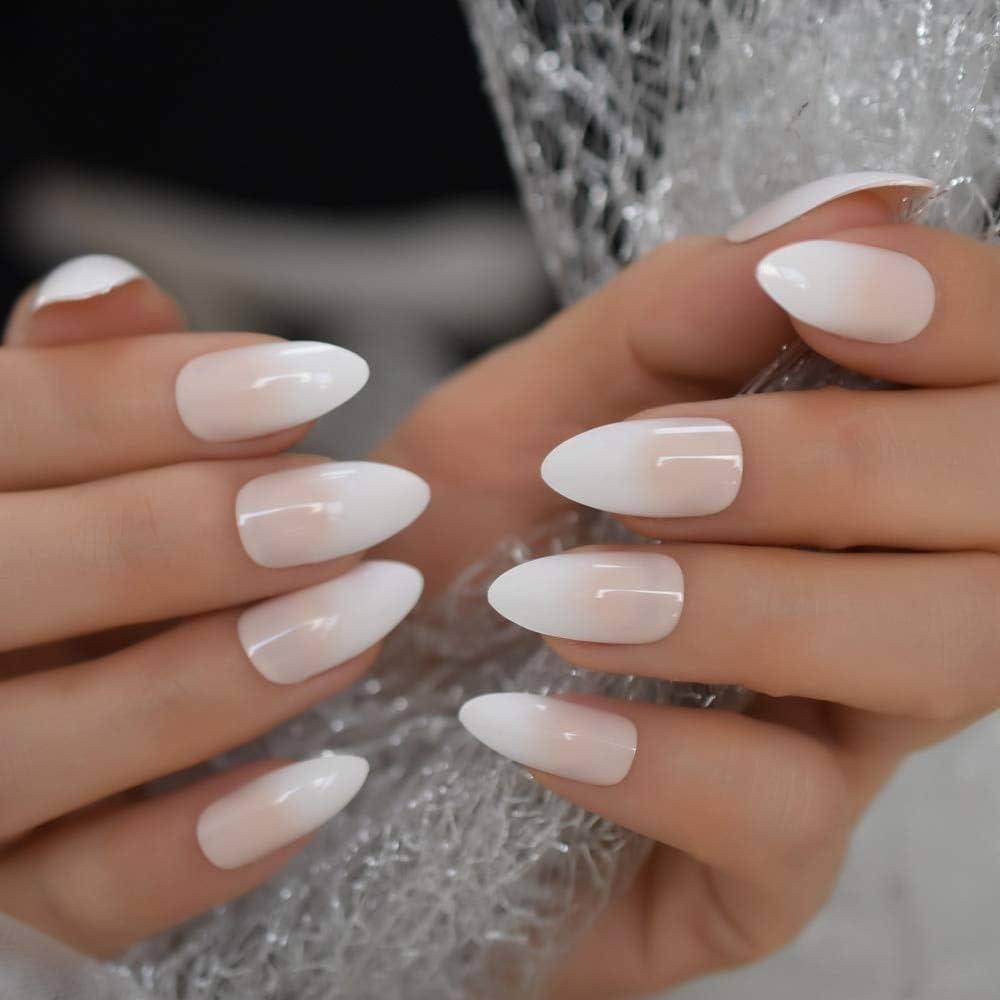
Application Techniques: From DIY to Professional Results
Achieving flawless French ombre nails can be accomplished through various application techniques. Suitable for both at-home enthusiasts and professional nail technicians. For a DIY approach, the sponge method offers an accessible way to create the gradient effect. Begin by applying a base coat and allowing it to dry completely. Next, paint the entire nail with the lighter base color and let it dry. On a makeup sponge, apply a stripe of the base color next to a stripe of white.
Dab the sponge onto the nail, starting from the tip and working towards the cuticle. Gradually lessening the pressure to create the fade effect. Repeat this process until the desired gradient is achieved. Then clean up any excess polish around the edges before applying a top coat. For those using gel polish, each layer must be cured under an LED or UV lamp before proceeding to the next step. Professional salons may employ more advanced techniques, such as airbrushing or using specialized brushes designed for creating gradients.
The airbrushing method involves spraying thin layers of color onto the nail. Starting with the tip color and gradually blending it into the base shade. This technique requires precision and practice but can result in an incredibly smooth and professional-looking gradient. Some nail technicians prefer hand-painting the gradient using fine brushes, which allows for detailed control over the fade effect. Regardless of the chosen method, patience and practice are key to mastering the French ombre technique and achieving stunning results.
Maintenance and Longevity: Preserving Your French Ombre Manicure
Maintaining the beauty of French ombre nails requires proper care and attention to ensure longevity and prevent premature chipping or fading. The durability of the manicure largely depends on the type of polish used and the application method. Gel polish French ombre nails typically last longer. Often maintaining their pristine appearance for two to three weeks with proper care. Regular polish applications may require touch-ups or replacement after about a week, depending on individual factors and daily activities.
To extend the life of French ombre nails. Apply a high-quality top coat every few days to seal the design and add shine. Wearing gloves while performing household chores or working with water can protect the nails from damage and premature wear. Moisturizing the cuticles and surrounding skin helps prevent dryness and peeling, which can affect the overall appearance of the manicure. Avoid using the nails as tools to open packages or scratch surfaces, as this can lead to chips and breaks.
When removing gel polish French ombre nails, it’s crucial to follow proper removal techniques to avoid damaging the natural nail. Soaking the nails in acetone-based remover wrapped in foil allows for gentle removal without excessive scraping or filing. Regular polish can be removed with standard nail polish remover, taking care not to over-dry the nails in the process. By following these maintenance tips, French ombre nails can remain beautiful and intact for an extended period. Allowing for maximum enjoyment of this elegant manicure style.
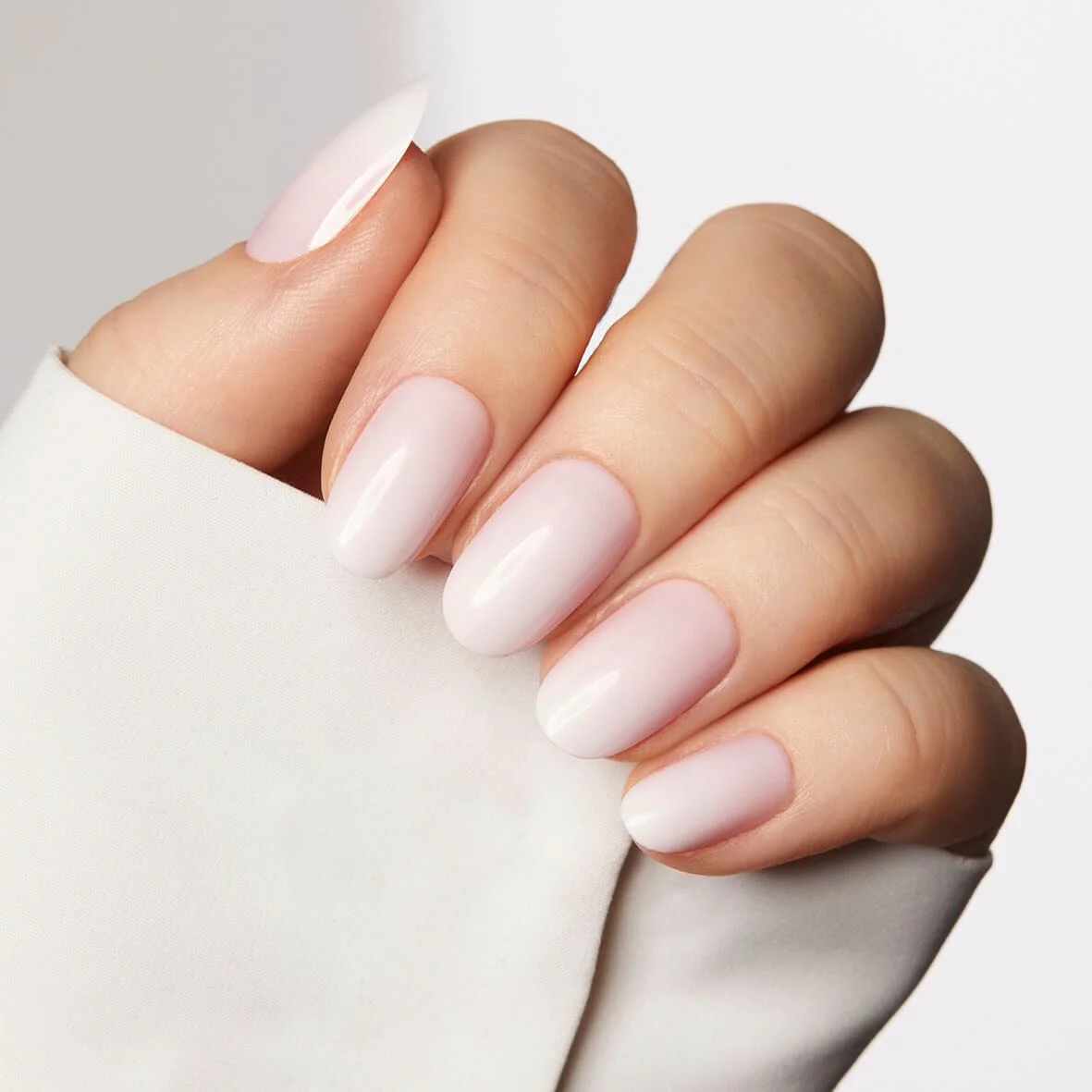
Seasonal Adaptations: French Ombre Nails Throughout the Year
The versatility of French ombre nails allows for seasonal adaptations that keep this manicure style fresh and relevant throughout the year. Spring calls for soft, pastel gradients that mirror the blooming flowers and gentle hues of the season. Light pinks fading into white or pale lavender transitioning to a softer shade create a delicate, springtime look. Summer French ombre nails can incorporate brighter. More vibrant colors, such as coral fading to white or sunny yellow blending into a paler shade.
Beach-inspired designs might feature a sea blue gradient or incorporate subtle shimmer for a sun-kissed effect. As autumn arrives, French ombre nails can shift to warmer tones, with rich burgundies. Deep oranges, or earthy browns creating cozy and sophisticated gradients. Winter brings opportunities for festive and glamorous French ombre designs, incorporating deep reds, forest greens, or icy blues. Metallic accents or glitter tips can add a touch of holiday sparkle to the traditional ombre effect.
French Ombre Beyond Nails: Expanding the Trend
The popularity of French ombre nails has inspired adaptations of this gradient technique in other areas of beauty and fashion. This hair coloring technique offers a low-maintenance option for those seeking dimensional color without harsh lines of demarcation. In makeup artistry, the ombre effect has been applied to lip colors. Creating a gradient from the center of the lips outward for a fuller, more dimensional look.
Eyeshadow applications have also embraced the ombre trend, with colors seamlessly blending from light to dark across the eyelid. The fashion industry has incorporated ombre designs into clothing and accessories, with fabrics featuring gradual color transitions that echo the elegance of French ombre nails. From dresses and scarves to handbags and shoes. The ombre effect adds a touch of sophistication and visual interest to various fashion pieces.


